Designing better EHR delivery with Chorus
The problem
Allscripts contracted with us to assist them in improving clinical satisfaction and mastery with Sunrise Clinical Manager, their electronic health record (EHR) system. Through research, we found issues in their on-premise delivery process, and identified the EHR configuration step as an opportunity to make an impact.
The solution
We designed Chorus, a web application that helps Allscripts employees and key client decision-makers efficiently manage the implementation timeline, make better configuration decisions, and engage more stakeholders in the design and configuration of their EHR system.
My role
I was team lead for UX research(interviews, synthesis, user testing) and a contributor for UX design( sketching, wireframing, medium-fidelity screens). I also served as a part-time project manager and client point of contact.
5 people / January 2018 - Present
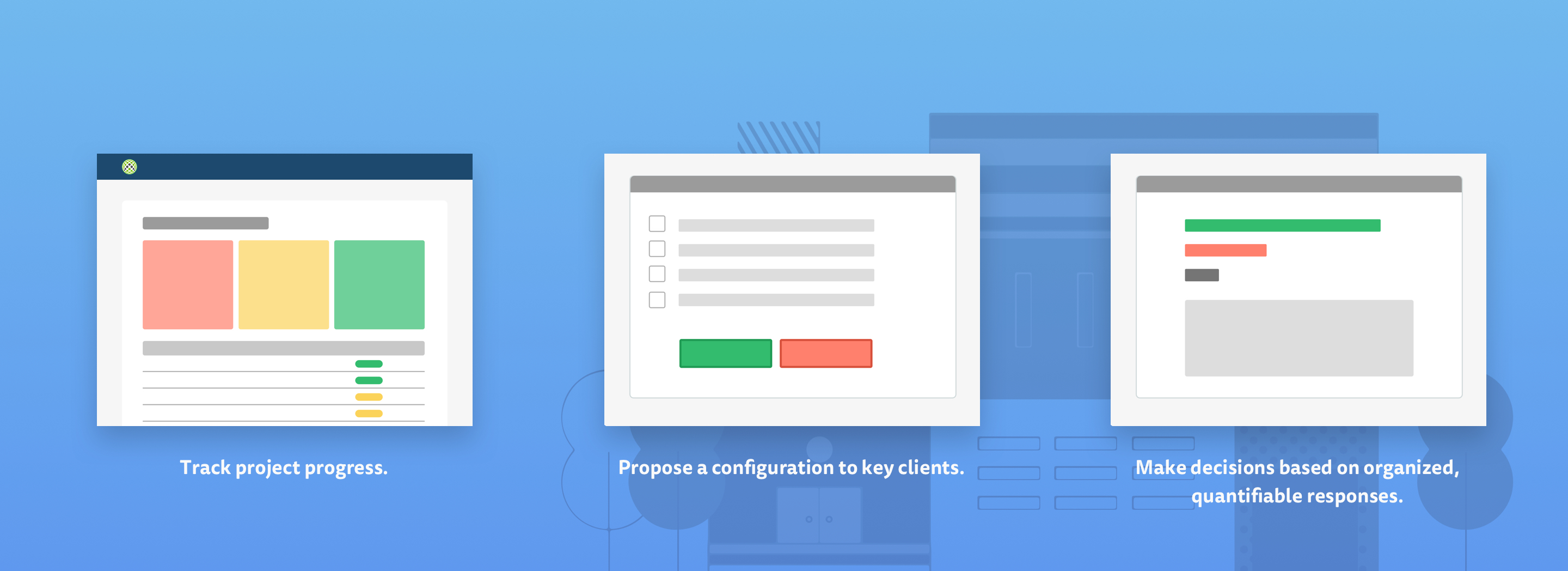
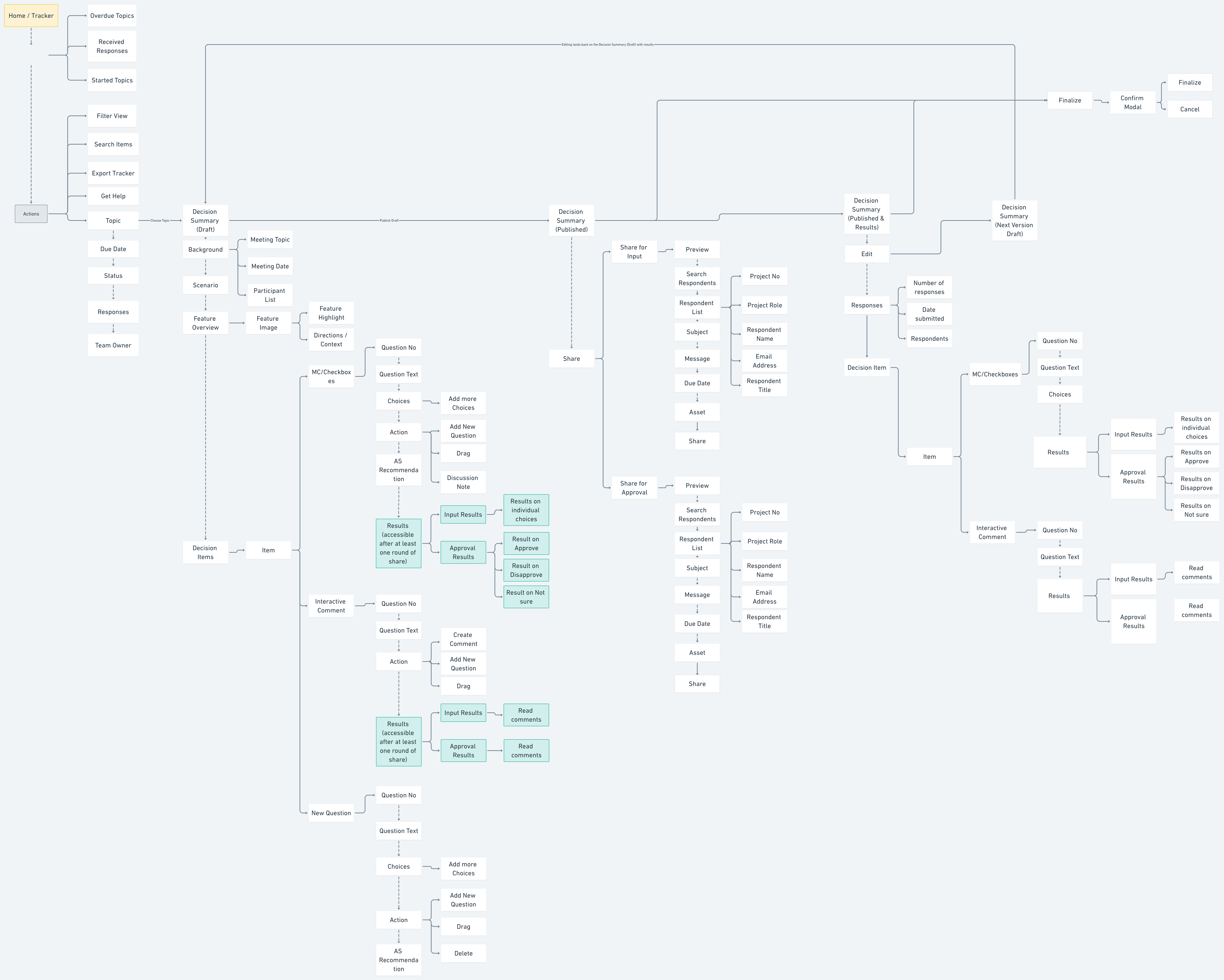
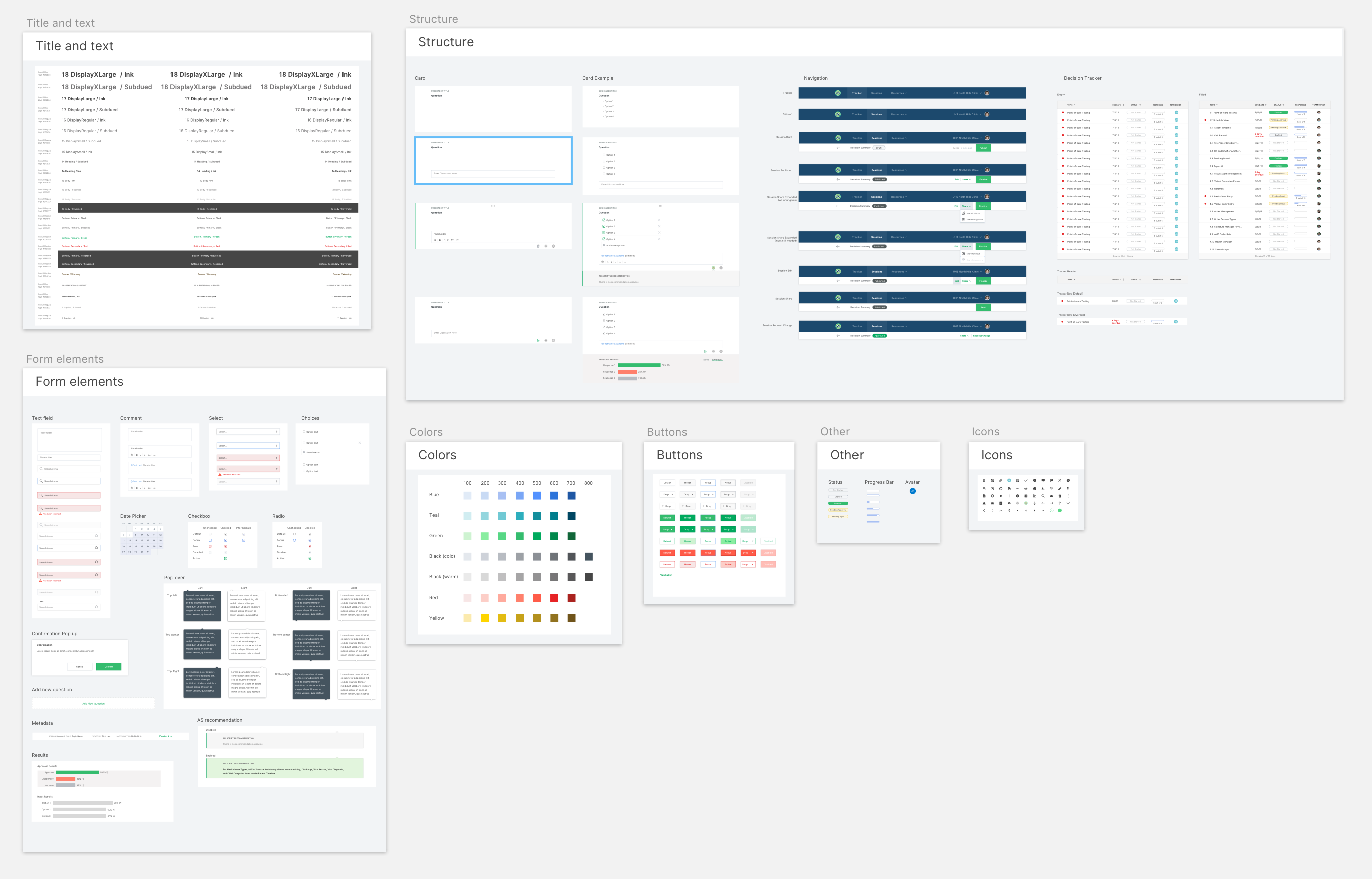
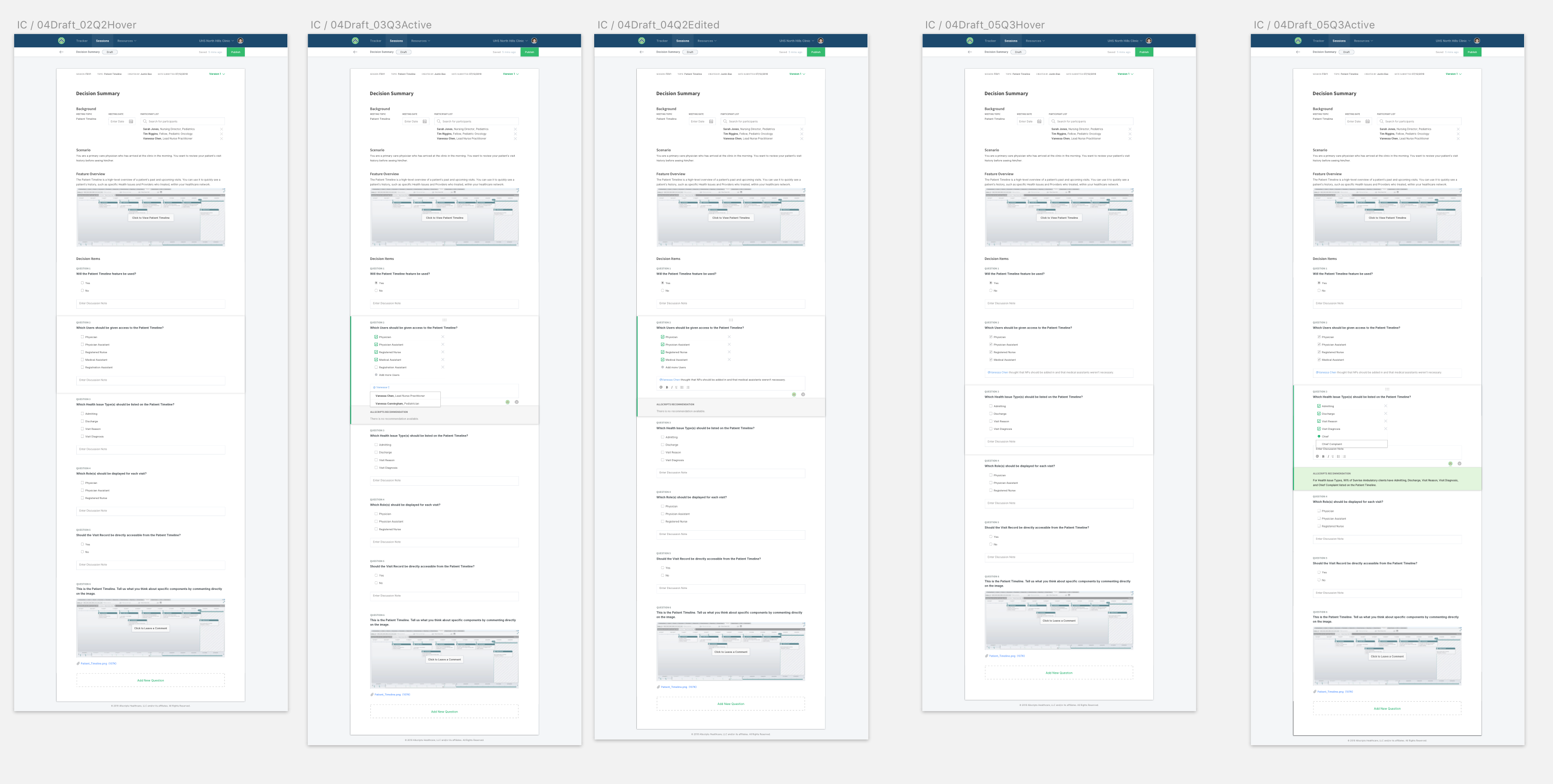
The problem with electronic health records

End users have reported feeling unproductive and tired after a day of using EHR technology to perform their clinical duties, known as "physician burnout". Our goal was to dissect the Allscripts approach to delivering Sunrise Clinical Manager and identify solutions to physician burnout in a manner consistent with Allscripts' business goals.
Through the use of subject matter expert interviews, storyboarding concepts with industry professionals, and exploratory low-fidelity designs, we identified three key problems, and set clear goals for success.

We designed Chorus in our efforts to meet these goals. Chorus can be described as an internal tool for Allscripts consultants to manage the EHR design and configuration process. Instead of managing multiple forms of documentation and constantly emailing key EHR clients, Chorus organizes the project deliverables and provides a platform to systematically request input and approval from clinical end users.
Step 1: Michelle misses the meeting.
Justin’s an implementation consultant at Allscripts using Chorus to manage a new EHR implementation. He’s conducting a long meeting with clients, but the most important stakeholder, Michelle, is unavailable. He uses the interface to take notes on the meeting's topic(Patient Timeline) and marks tentative configuration decisions. He sends a request for approval to Michelle through Chorus.
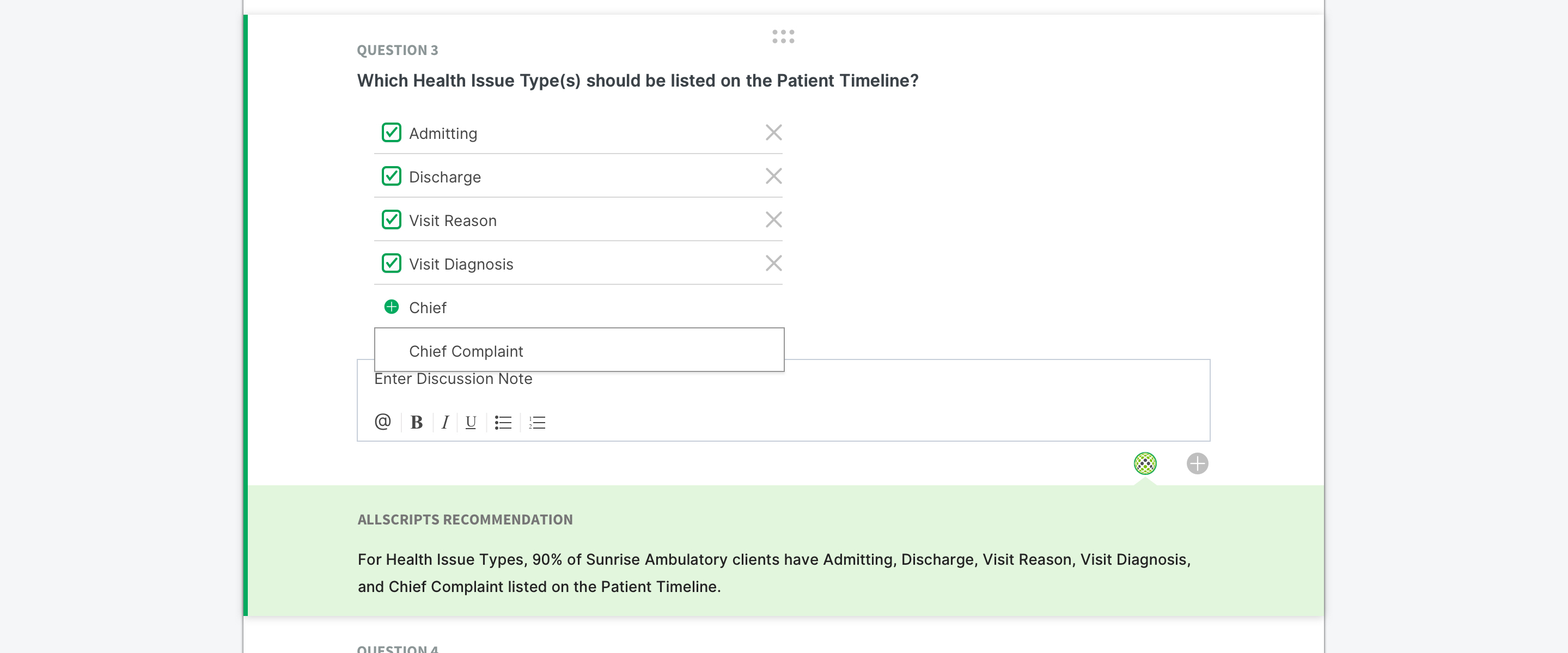
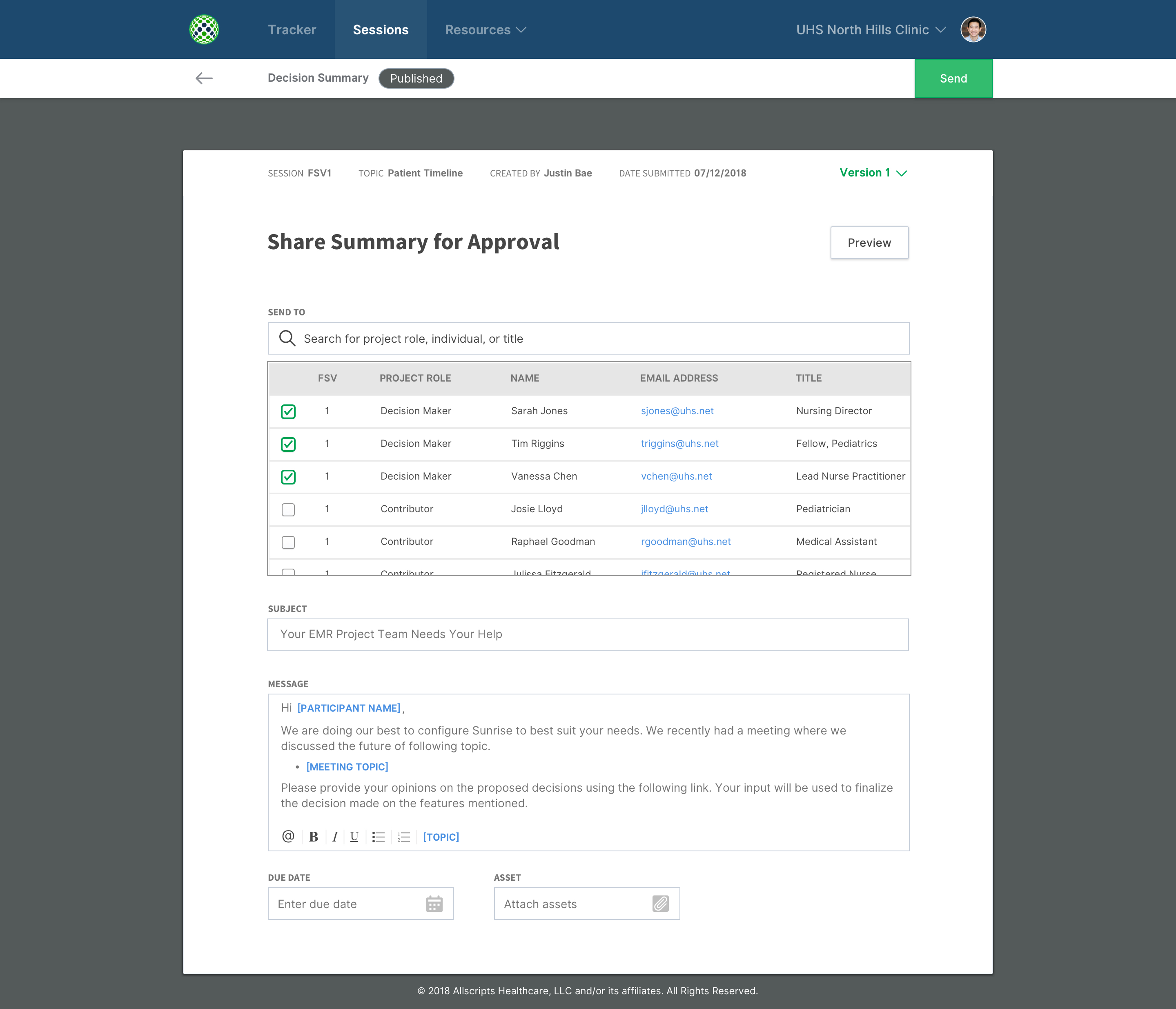
Step 2: Michelle leaves her comments.
Michelle receives and opens the request. She can leave feedback as she sees fit on each proposed decision, marking approval as she scans the feature proposal. Notes from the meeting are included at Justin’s discretion.
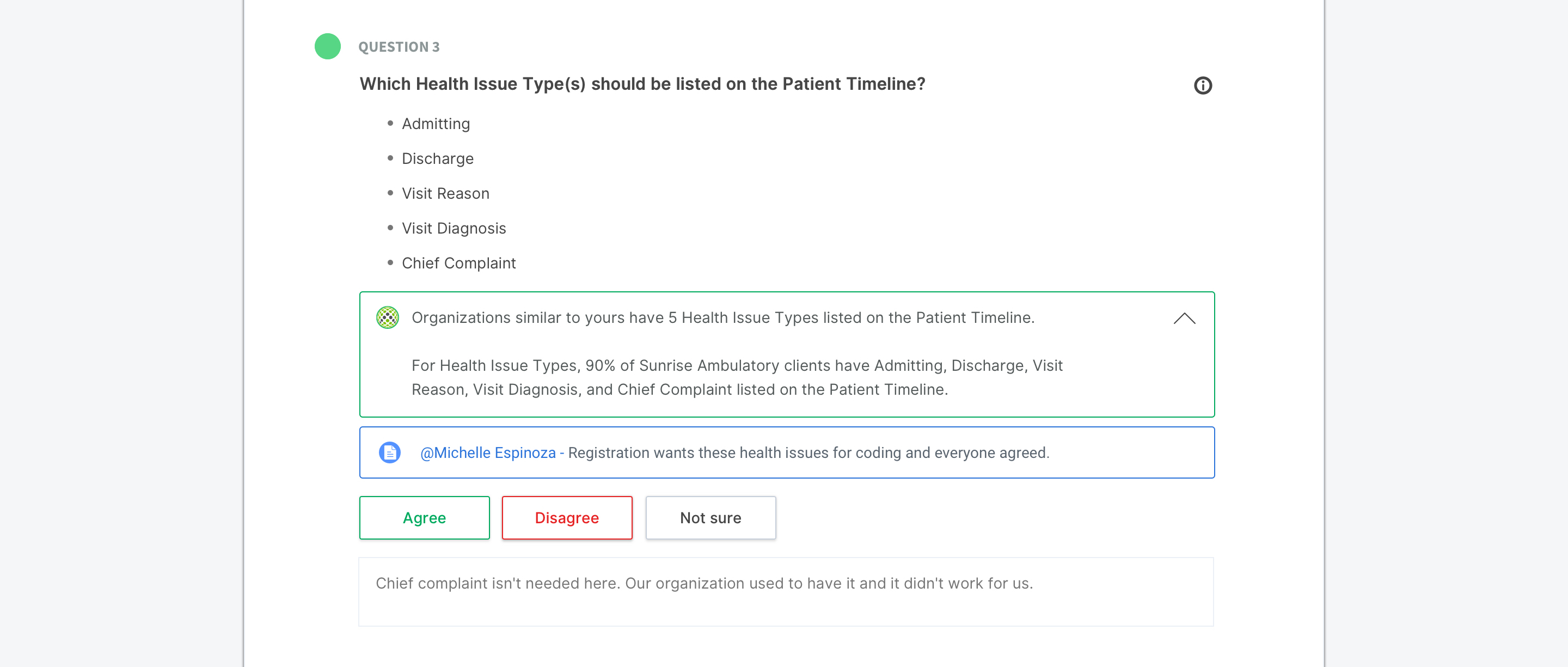
Step 3: Justin finalizes the feature. After Michelle fills out her feedback, Justin can make the recommended changes. He can either send it out to more people for approval or note that the project manager(Michelle) has given her final say. At that point, he can finalize the decisions and move on to another part of the project.
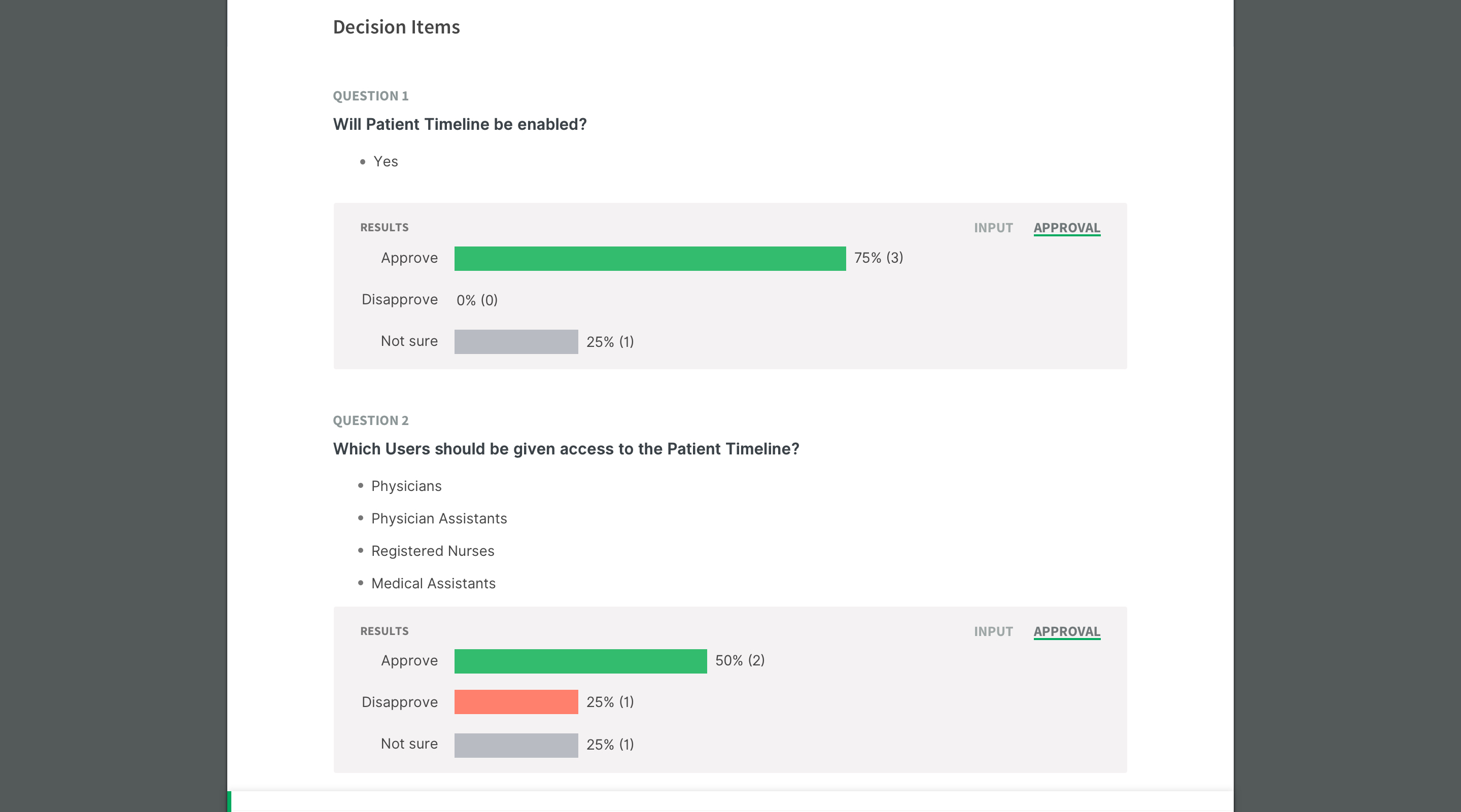
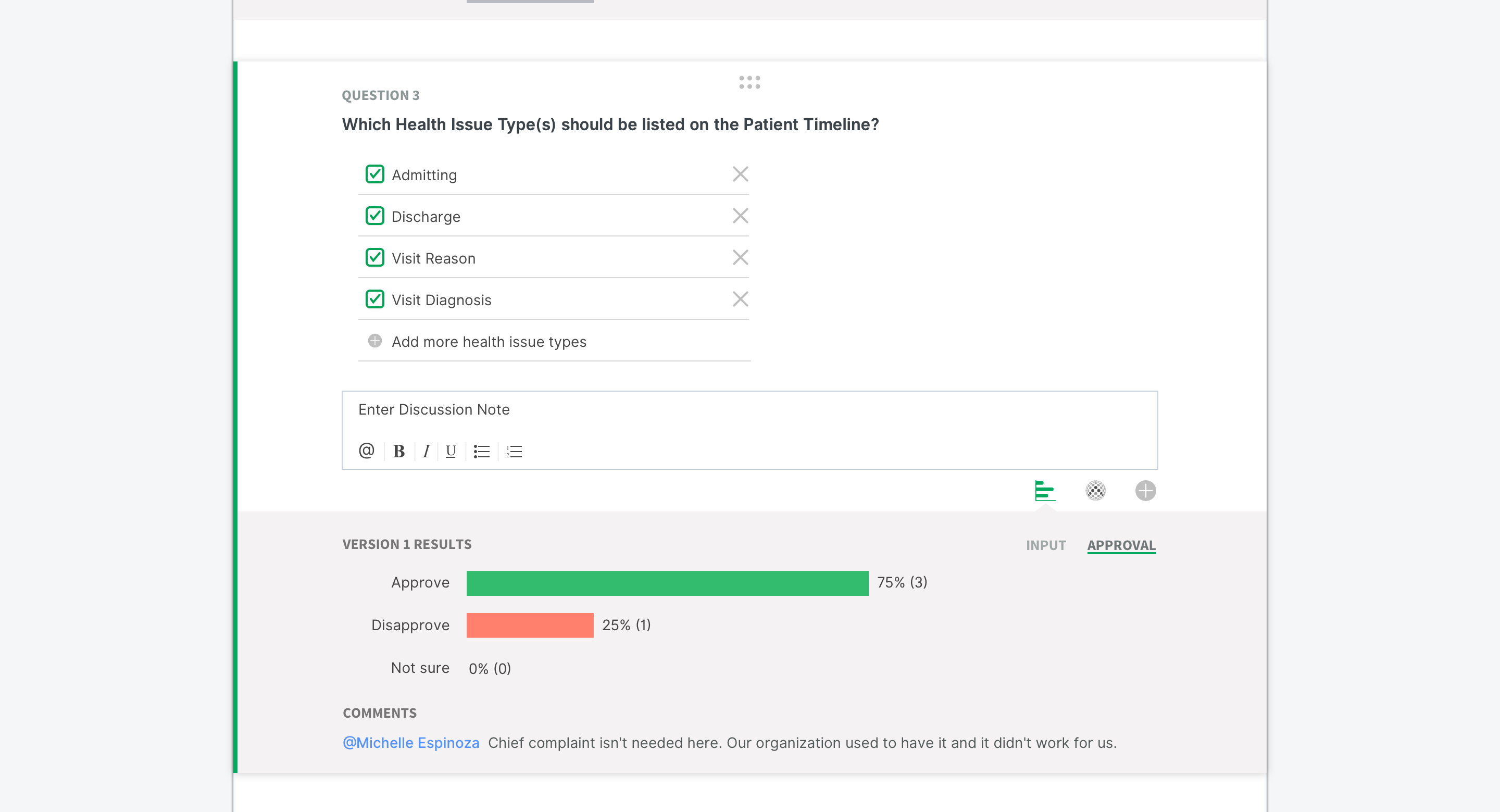
If you’d like to take a deeper dive into some of the tradeoffs we considered when designing Chorus, I’m happy to chat about it at [email protected].